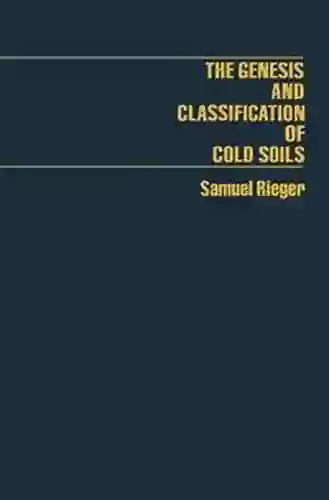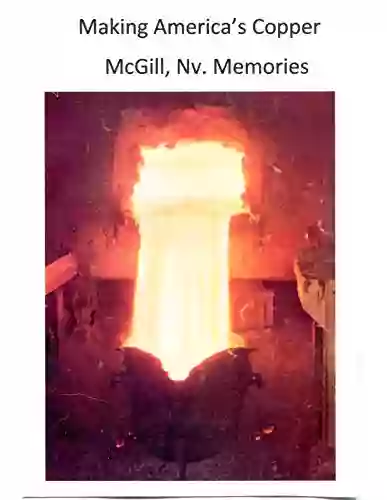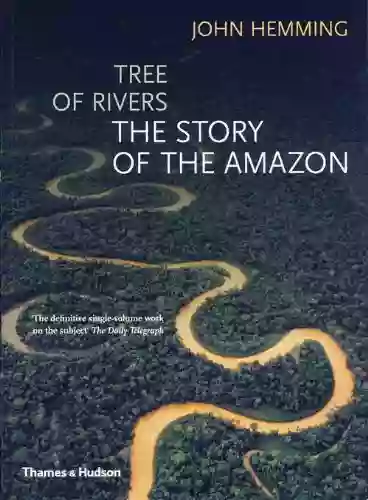Do you want to contribute by writing guest posts on this blog?
Please contact us and send us a resume of previous articles that you have written.
The Genesis And Classification Of Cold Soils: Exploring the Secrets of the Frozen Earth

Have you ever wondered what lies beneath the icy surface of cold soils? The hidden world of frozen earth holds fascinating secrets waiting to be unraveled. In this article, we will delve into the genesis and classification of cold soils, shedding light on their unique properties and the processes that shape them. So grab a warm drink, sit back, and join us on an exciting journey into the frozen realms of the Earth!
The Genesis of Cold Soils: A Tale of Ice and Time
Before we embark on our exploration, let's first understand how cold soils are formed. The genesis of cold soils is intricately linked to their geographical location and climatic conditions. These soils typically occur in cold regions, such as the Arctic and Antarctica, as well as high-altitude places with freezing temperatures.
One of the most important factors influencing the genesis of cold soils is permafrost. Permafrost refers to the permanently frozen ground that exists in regions where the ground temperature remains below freezing for at least two consecutive years. This frozen layer acts as a foundation for the development of cold soils.
4.4 out of 5
| Language | : | English |
| File size | : | 26416 KB |
| Screen Reader | : | Supported |
| Print length | : | 230 pages |
Permafrost, along with freeze-thaw cycles and cryoturbation, plays a crucial role in shaping the characteristics of cold soils. Freeze-thaw cycles occur when water freezes and thaws repeatedly, leading to the expansion and contraction of the soil particles. This process results in the disruption and movement of soil materials, giving rise to unique soil structures and properties.
Cryoturbation, on the other hand, refers to the mixing of soil layers due to freeze-thaw processes and the activities of frost action. As the frozen ground expands and contracts, it creates pressure and displaces soil particles, leading to the vertical movement of materials within the soil profile.
Classifying Cold Soils: Unlocking Their Diversity
Now that we have a grasp of how cold soils are formed, let's explore the classification systems used to categorize these fascinating soils.
The Gelisol System
The Gelisol system, developed by the United States Department of Agriculture (USDA),is one of the widely accepted classification systems for cold soils. This system categorizes soils based on their presence of permafrost and their freeze-thaw characteristics. Gelisols are further divided into several suborders, each representing specific soil properties and formation processes.
The suborders of Gelisols include:
- Orthels: These are cold soils characterized by permafrost and high organic content.
- Cryosols: Cryosols are cold soils that lack permafrost but exhibit cryoturbation and other freeze-thaw processes.
- Typic Cryosols: These cold soils are similar to Cryosols but have fewer cryoturbation features.
- Eutric Cryosols: Eutric Cryosols are characterized by the presence of high organic content.
By classifying cold soils into distinct suborders, the Gelisol system allows scientists to better understand their unique properties, processes, and potential ecological implications.
The Canadian System
The Canadian System, developed by the Soil Classification Working Group of Canada, is another widely used classification system for cold soils. This system categorizes soils based on both genetic and pedogenic criteria. Genetic criteria refer to the processes and materials involved in soil formation, while pedogenic criteria focus on the resulting soil properties.
The Canadian System classifies cold soils into the following orders:
- Cryosolic Order: This order includes soils that have significant cryoturbation and show distinct cryogenic features.
- Organic Order: Organic Order soils are characterized by high organic content and low decomposition rates.
- Podzolic Order: Podzolic Order soils are formed through the leaching of materials, resulting in distinct soil horizon formation.
- Gleysolic Order: Gleysolic Order soils are characterized by waterlogging and poor drainage.
By considering both genetic and pedogenic criteria, the Canadian System provides comprehensive insights into the formation and properties of cold soils.
: Unlocking the Frozen Mysteries of Cold Soils
, the genesis and classification of cold soils offer valuable insights into the hidden world beneath icy terrains. Understanding how these soils are formed and categorized allows scientists to comprehend their unique properties, ecological implications, and potential impacts on climate change.
The Gelisol system and the Canadian System provide effective tools for classifying cold soils based on their formation processes and resulting properties. By uncovering the secrets of these frozen soils, scientists can deepen our knowledge of Earth's ecosystems and contribute to sustainable land management practices in cold regions.
So the next time you see a frozen landscape, remember the wealth of knowledge hidden beneath your feet – the incredible genesis and classification of cold soils waiting to be explored!
4.4 out of 5
| Language | : | English |
| File size | : | 26416 KB |
| Screen Reader | : | Supported |
| Print length | : | 230 pages |
The Genesis and Classification of Cold Soils exposes the processes involved in the development of the principal kinds of soils that occur in cold regions and introduces readers to the classification of those soils.
The book uses the terminologies and concepts of the description of soils provided by the Soil Taxonomy of the United States. Topics covered in the book include aspects of temperature relationships in cold soils; effects of freezing temperatures on the soil properties; the salient features of the U.S. Soil Taxonomy system; and the taxonomies of Canada, the U.S.S.R., and The Food and Agriculture Organization (FAO).
Pedologists, agriculturists, engineers, and researchers will find the book insightful.

 Richard Simmons
Richard SimmonsThe Secrets of Chaplaincy: Unveiling the Pastoral...
Chaplaincy is a field that encompasses deep...

 Manuel Butler
Manuel ButlerAnimales Wordbooks: Libros de Palabras para los Amantes...
Si eres un amante de los animales como yo,...

 Rod Ward
Rod WardLet's Learn Russian: Unlocking the Mysteries of the...
Are you ready to embark...

 Rod Ward
Rod WardThe Incredible Adventures of Tap It Tad: Collins Big Cat...
Welcome to the enchanting world of...

 Eugene Powell
Eugene PowellSchoolla Escuela Wordbookslibros De Palabras - Unlocking...
Growing up, one of the most significant...

 José Martí
José Martí15 Exciting Fun Facts About Canada for Curious Kids
Canada, the second-largest...

 Ken Simmons
Ken SimmonsWhat Did He Say? Unraveling the Mystery Behind His Words
Have you ever found yourself struggling to...

 Carlos Fuentes
Carlos FuentesA Delicious Journey through Foodla Comida Wordbookslibros...
Welcome to the world of Foodla Comida...

 Matt Reed
Matt ReedThe Many Colors of Harpreet Singh: Embracing...
In a world that often...

 Chandler Ward
Chandler WardWelcome To Spain Welcome To The World 1259
Welcome to Spain, a country that captivates...

 Garrett Powell
Garrett PowellAmazing Recipes for Appetizers, Canapes, and Toast: The...
When it comes to entertaining guests or...

 Emilio Cox
Emilio CoxDays And Times Wordbooks: The Ultimate Guide to Mastering...
In the realm of language learning,...
Light bulbAdvertise smarter! Our strategic ad space ensures maximum exposure. Reserve your spot today!
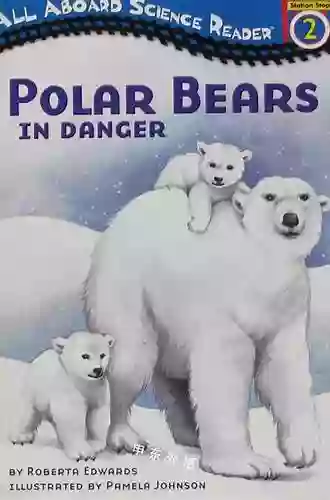
 William ShakespeareCoral Reefs In Danger: A Threat to Our Oceans and Future Generations -...
William ShakespeareCoral Reefs In Danger: A Threat to Our Oceans and Future Generations -...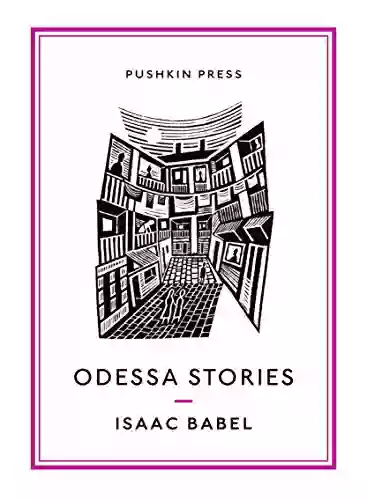
 Eddie BellUnveiling the Fascinating World of Odessa Stories: Isaac Babel's Masterpiece...
Eddie BellUnveiling the Fascinating World of Odessa Stories: Isaac Babel's Masterpiece...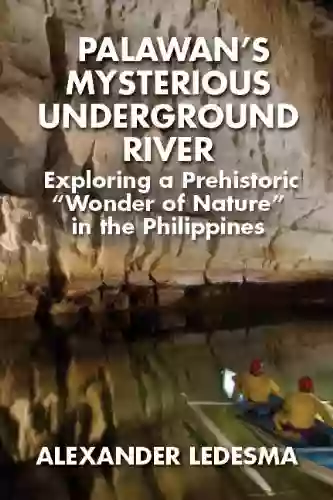
 Hank MitchellUnveiling the Secrets: Palawan Mysterious Underground River Discovered by...
Hank MitchellUnveiling the Secrets: Palawan Mysterious Underground River Discovered by...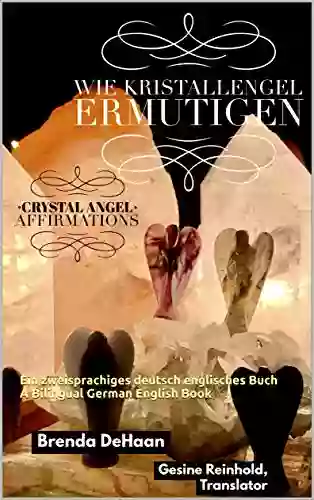
 Branden SimmonsFundamentals And New Perspectives Environmental Chemistry For Sustainable...
Branden SimmonsFundamentals And New Perspectives Environmental Chemistry For Sustainable...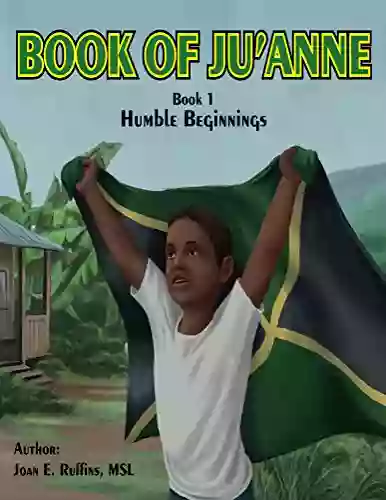
 Vladimir NabokovEmbark on an Unforgettable Adventure: Humble Beginnings Journey Around The...
Vladimir NabokovEmbark on an Unforgettable Adventure: Humble Beginnings Journey Around The... Ike BellFollow ·2.7k
Ike BellFollow ·2.7k Nathaniel PowellFollow ·6.5k
Nathaniel PowellFollow ·6.5k Bob CooperFollow ·13k
Bob CooperFollow ·13k Henry Wadsworth LongfellowFollow ·12.5k
Henry Wadsworth LongfellowFollow ·12.5k Glen PowellFollow ·4.1k
Glen PowellFollow ·4.1k Robert FrostFollow ·6.2k
Robert FrostFollow ·6.2k Carlos FuentesFollow ·2.9k
Carlos FuentesFollow ·2.9k David PetersonFollow ·9.4k
David PetersonFollow ·9.4k


